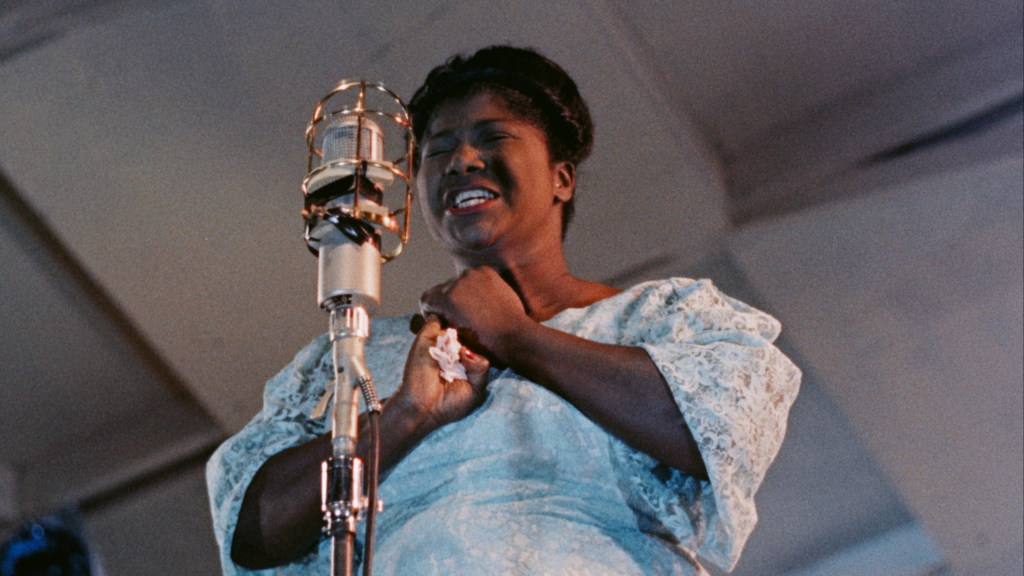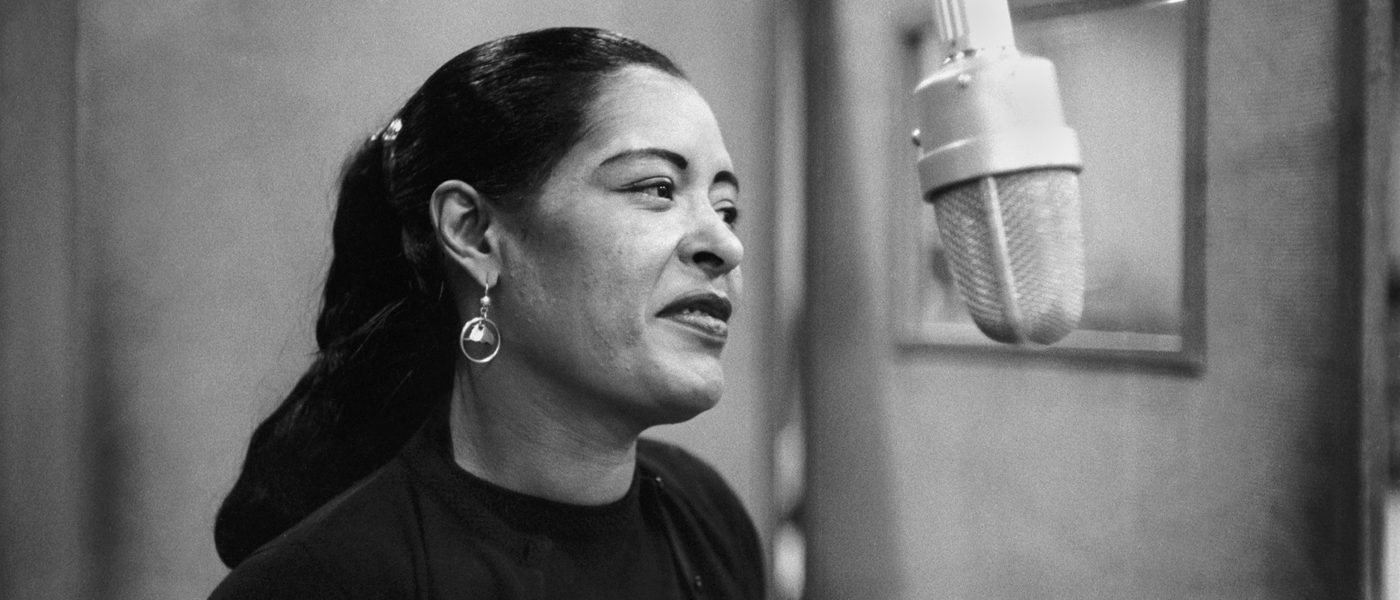Jazz on a Summer’s Day
DIRECTED BY BERT STERN/1959
BLU-RAY STREET DATE: FEBRUARY 9, 2021/KINO CLASSICS

In 1958, the Newport Jazz Festival was in its fifth year. Filmmaker Bert Stern trained his cameras on the proceedings and created what the Chicago Tribune’s Howard Reich has called “one of the greatest jazz documentaries ever made.”
The film itself has stunning photography and is interestingly organized. Rather than being a flat, chronological presentation of the events, it shows the colors and contours of the festival and surrounding water and weaves them together in a beautiful tapestry. Deftly edited and shaped by the music performed, the images which sometimes involve the musicians and sometimes do not come together to powerfully, compellingly draw the audience into an emotional experience of both the event itself and the jazz spirit of the age.
Anita O’Day’s performance can’t be summed up in words but as a former jazz saxophonist and present vocalist, her command of the genre and her own voice is a sight and sound to behold. I personally enjoyed seeing Jack Teagarden and Louis Armstrong perform together having been a long-time fan of both.
But I didn’t cry until I heard Mahalia Jackson sing. Commentator Natalie Weiner says in her commentary track that Stern was showing jazz as a tree with roots in gospel music and she’s entirely correct in my estimation. Hearing and seeing her sing her songs—nay, her praises—with abandon on that stage to that audience moved me deeply in ways I was not anticipating. Her rendition of “The Lord’s Prayer” was an impressive offering on this film, fully consecrating the ground on which this festival was held. Her fervor is unmatched as she sings.
The music track has been beautifully restored and married to the visual elements and the film’s color is vibrant and evocative of the locale and timeframe. The commentary track is informative and well-researched with personal touches I enjoy in films like this.
Special features include a short interview clip with Bert Stern, a documentary about Stern which runs for an hour and a half made in 2011, and photos from the event made by Stern.
If the reader enjoys good jazz and documentaries, this is a must-have offering.

Billie
DIRECTED BY JAMES ERSKINE/2020 (U.S. Release Date)
DVD STREET DATE: FEBRUARY 9, 2021/KINO CLASSICS

A new documentary based around newly released audio tapes recorded by Linda Kuehl, a writer working on a biography which was never finished. The voices and images of interviewees which include John Hammond, Jo Jones, Count Basie, John Simmons, and a host of others—all speaking to us from Kuehl’s tapes and vintage interviews. The sheer number of clips of her singing and still photos is impressive and engaging.
A difficult and, at times, abusive childhood, stints with the Basie and Shaw bands, the controversy around the song “Strange Fruit” and her brushes with the law are all explored. She is portrayed in a thoroughly human way—with both good and destructive tendencies on view. I’ve seldom felt so emotionally attached to the subject of a documentary in this way. Hearing about the way her husband Loui would control and gaslight her was devastating.
Few documentaries are as tightly edited as this one. Editing credit is given to Avdhesh Mohla and it’s brilliant work. There are few points of narration; when they do occur, they are quoting Kuehl’s incomplete book. Kuehl’s voice interrogating the interviewees frame the story and the people who were actually there tell the story for all of us to hear. Kuehl’s life and death are addressed at key points, memorializing the woman who made these recordings and, therefore, the foundation of this documentary.
Some of the film clips are colorized and some are not. Some are presented in 4×3 format but many are presented in a widescreen format that is appropriately cropped and not stretched. The underscoring is appropriate and Holiday’s music is sprinkled throughout. For those who need the warning, there are images of violence in places in the film, including photographs of lynching. James Erskine has created a beautiful monument to a complex, beautiful, human jazz singer.


